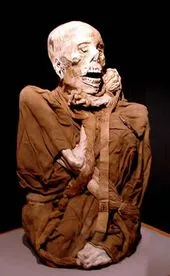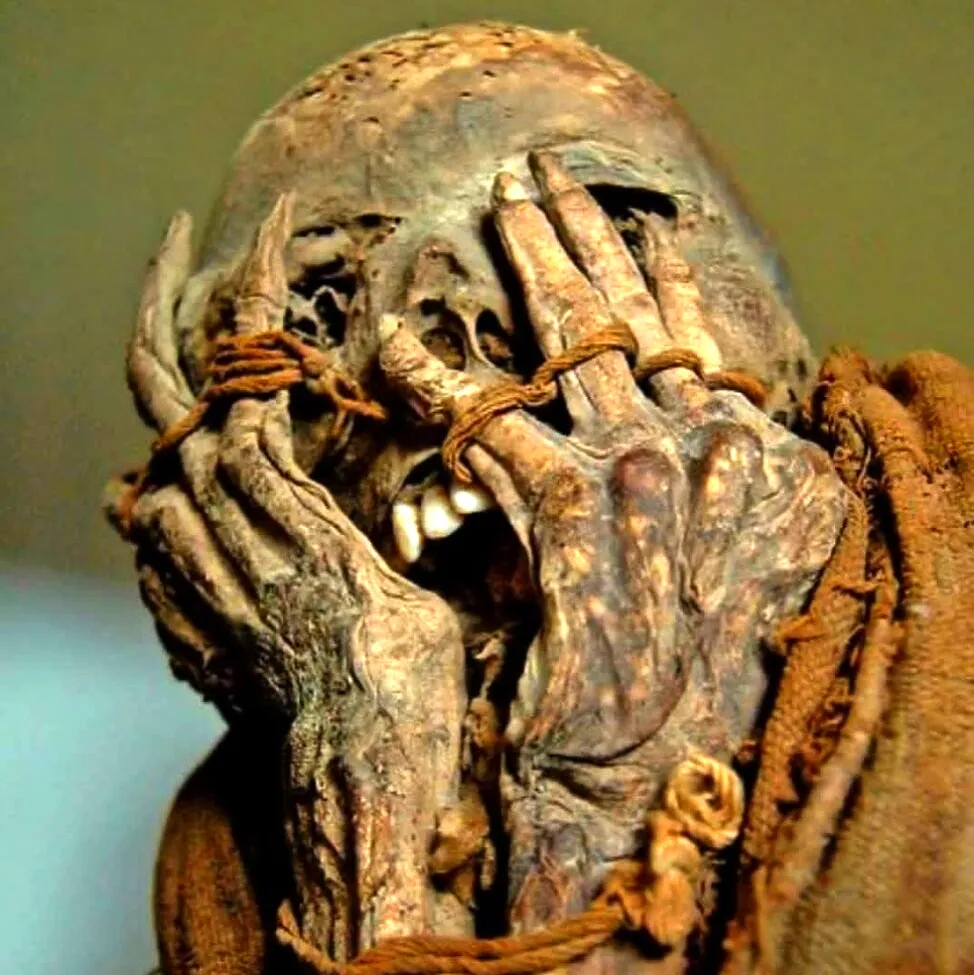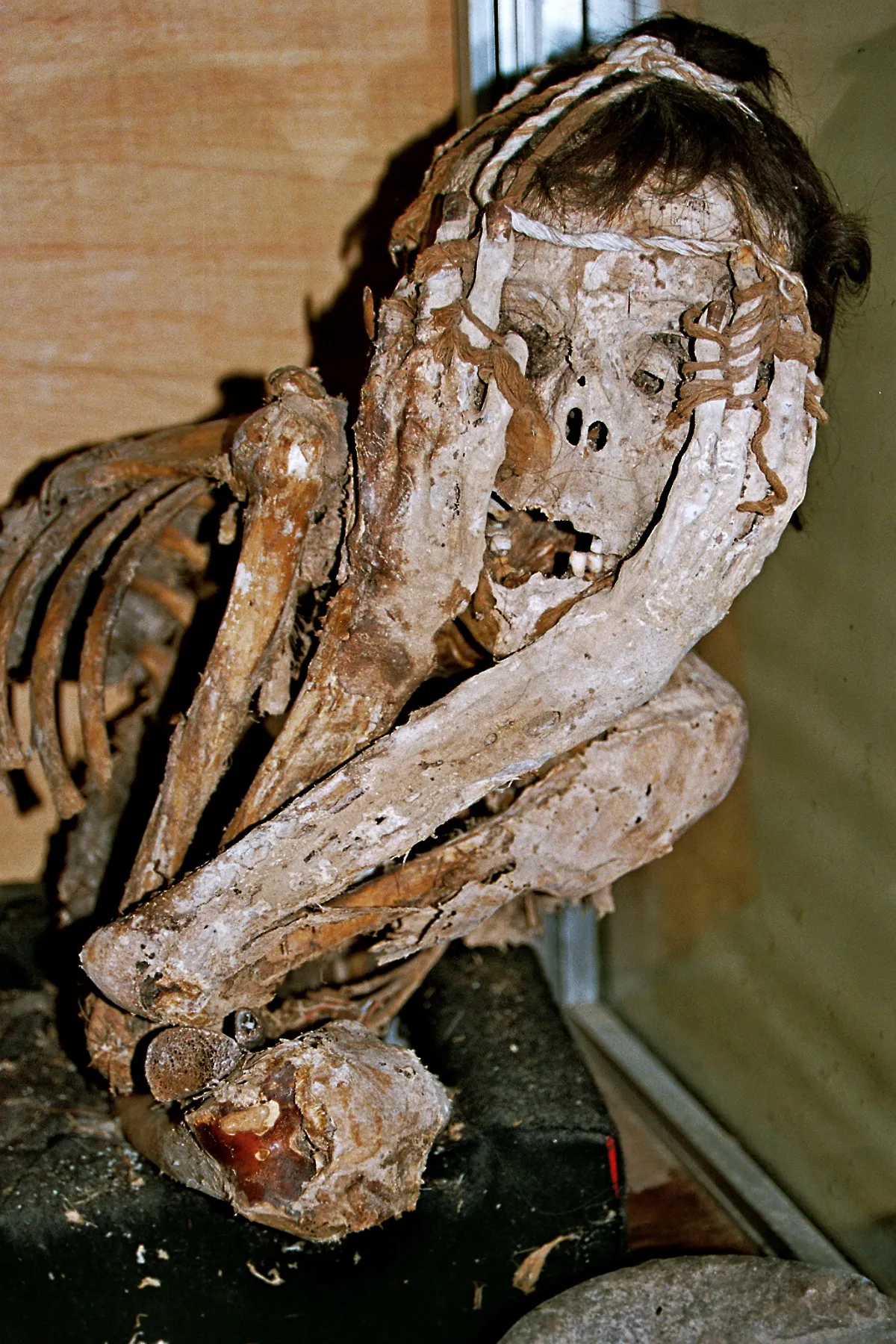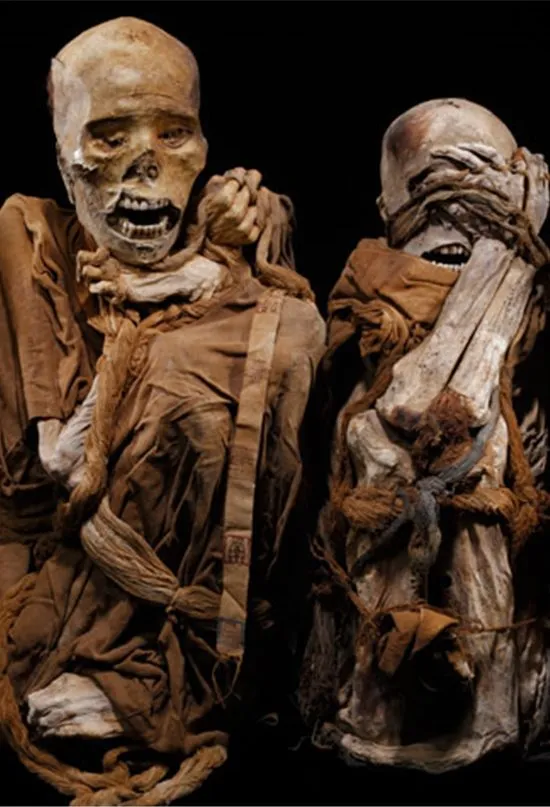Shocking Secret! Kuelap in Peru, the ‘Machu Picchu of the North,’ Has Been Hiding the Dark Mystery of a Mummy for 500 Years.
A remote region in northern Peru, famous for its Inca mummies and home to one of South America’s most important ancient cities, is on track to become a major tourist hotspot.

The mummies, Peru’s largest intact collection of preserved bodies of the Inca civilization’s elite, were discovered in 1997 south of the walled city of Kuelap in the Laguna de Los Cóndores area.
Laguna de los Cóndores has allowed us to look at the other side of the Moon, archaeologically speaking, but so far very few studies have been carried out.
Peru’s first cable car will now be built and the local airport will be modernised for commercial flights to improve access to the region.
The Peruvian government hopes the project will help the 1,300-year-old city in the Andean Amazon region of Chachapoya become the Machu Picchu of northern Peru, attracting as many tourists as the world-famous Inca monument in the south.
The rugged mountains and dramatic cliffs of the Chachapoya region are littered with ruins, elaborate burial sites, mummies, sarcophagi and other artifacts left behind by the Chachapoyas and the Incas.

Another of the Inca mummies found near Kuelap (Supplied by: Krista Eleftheriou)
“Approximately 90 percent of Chachapoya archaeology remains to be discovered,” says Peter Lerche, a historian and former mayor of Chachapoyas, the provincial capital.
“Every week you could have a new story about a newly discovered site.”
Anthropologist Dr. Sonia Guillén is Peru’s leading expert on mummies (supplied: Krista Eleftheriou)
Bioanthropologist Dr. Sonia Guillén, Peru’s leading mummy expert, says the region’s importance should not be underestimated.
“Laguna de Los Cóndores has allowed us to look at the other side of the Moon, from an archaeological point of view,” says Dr. Guillén.
“It has allowed us to observe organic human remains, whereas in the past we could only look at the architecture, the pottery and the few elements that had survived.

“Suddenly, we weren’t just looking at skeletons, we had mummies where we looked at their organs and could track diseases.”
Dr. Guillén and her team documented the collection on site, but were forced to remove the mummies after many were damaged and looted.
The stolen mummies were recovered a year later.
The 219 mummies are now kept at the Leymebamba Museum, south of Kuélap, as part of a project funded by the British Museum.
Sarcophagi at Karajía: The Chachapoya, and later the Incas, often buried their dead in sarcophagi in caves set into steep cliffs. (Supplied by: Krista Eleftheriou)
Skeletons discovered in walls and foundations.

The dead were very important to both the Inca and Chachapoya people, something that is evident in the fortified city of Kuelap.
To date, more than 100 skeletons have been found in the 20-metre-high perimeter walls and in the foundations of the houses.
The funerary tradition was replaced by the mummification of the dead by the invading Incas.
The city is 700 years older than the Inca site of Machu Picchu and was built on a mountaintop, 3,000 meters above sea level, by the Chachapoya around 800 AD.
Construction continued until the arrival of the Incas around 1470 AD.

“They (the Chachapoya) were exceptional warriors who were headhunters and, eventually, also resellers: shamans, farmers, merchants, architects, climbers and speleologists,” says Lerche.
Archaeologists have called Kuelap the pre-Columbian Vatican, and believe it was a political and religious center of the Chachapoya people, who built hundreds of kilometers of roads for their trade between the Amazon, the Andes and the Pacific.
The foundations of more than 400 roundhouses have been discovered in Kuelap, with skeletons buried in the foundations. (Supplied by: Krista Eleftheriou)






